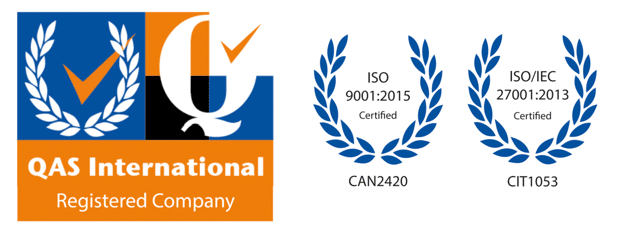Cybersecurity in 2018

This article will appear in the January issue of the Grand Valley Construction Association Journal. 2017 was a year to forget in the field of cybersecurity. In May, the WannaCry ransomware attack infected over 200,000 computers in over 150 countries. In June, Petya malware spread across the Ukraine, disabling ATMs and shutting down the monitoring […]
The Big Picture, the Arc and Your Technology Strategy.

The Role of Strategy In 1996, Michael Porter’s HBR article titled “What is strategy?” proposes that operational efficiency is insufficient if a firm wants to become – or remain – competitive. Porter argues that tools used to increase productivity, speed and quality can be replicated by any firm. A focus on tools and cost-control cannot […]



